Passover is a Jewish holiday that was celebrated this year from April 22-30. The holiday of Passover commemorates the Jewish people’s liberation from slavery in Egypt. During the Holiday of Passover, it is customary to gather for a Passover Seder (SAY-der) for the first 2 nights. In Hebrew, Seder means order. Many families gathering for a Passover Seder use a Haggadah, (hah-GAH-dah) a booklet with prayers and traditions that details the order of the Seder.
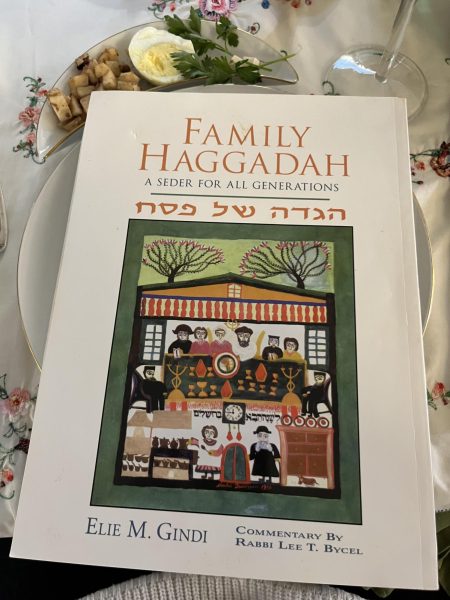
Passover is a very symbolic holiday. Every tradition that takes place during Passover has a special meaning that connects the past, present, and future. One tradition is to have a Seder Plate at the table.
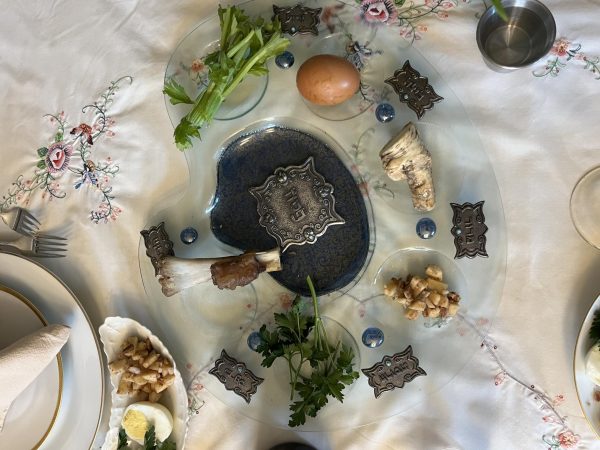
The Seder Plate is a storybook, with different foods representing the Passover story. Here are the components of a traditional Seder Plate and what they represent:
- Shank Bone (zeroa)- In the Passover story, God asked the Jewish households to mark their doorposts with the blood of a lamb. This way, when god killed the firstborn of each household, God would know to “pass over” the Jewish households, sparing them from the loss of life.
- Egg (beitzah)- Passover is always celebrated in Spring, and an egg represents this new season and its rejuvenation of life.
- Bitter herbs (maror)- Being enslaved by the Egyptians was a bitter, horrid experience. To remember this, we eat bitter herbs.
- Vegetable (karpas)- At a certain point in the seder, we dip a vegetable (usually parsley) in salt water. The saltwater represents the tears shed during Egyptian slavery.
- A sweet paste (haroset)- Often made with apples, wine, nuts, and spices, this dish represents the mortar that we as slaves used to build structures for Egyptians.
Here are a few more notable Passover traditions, besides the Seder Plate:
- We put pillows on our chairs and recline, to show that we were once slaves, but now we can recline.
- When it comes time to refill our wine (or grape juice!) glasses, the person to our right/left fills our glasses, to show that we were once slaves, but now we can rest as our wine is poured for us.
- We eat Matzah, a hard cracker-like food. Because the Jewish people didn’t have time to bake dough as they escaped Egypt, they put it on their backs. It turned into the hard cracker known today as Matzah!
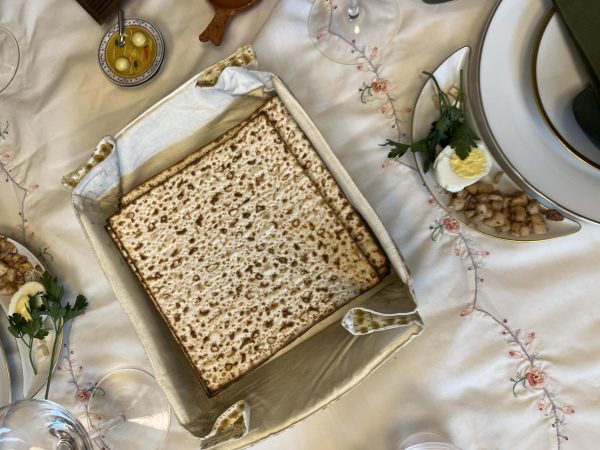
While Passover’s story is one of deliverance and freedom, this joyous holiday rang differently for Jewish families worldwide. As we all sat down for our respective Passover Seder traditions, the 133 hostages held as well as the suffering of innocent civilians in Gaza weighed heavy on all of our hearts.
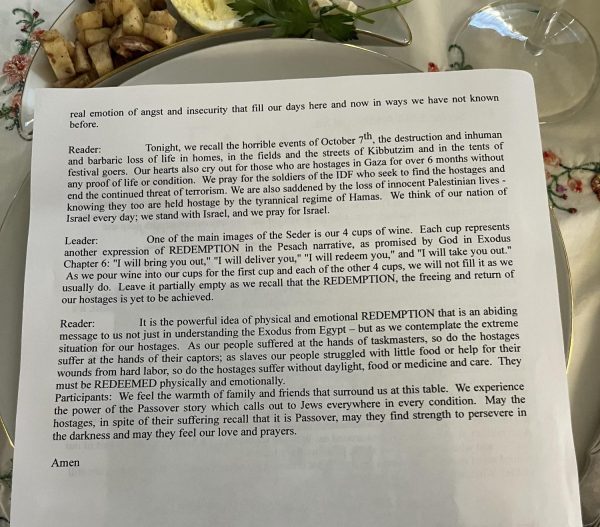
Eva Spiro, a Jewish student at Niles North expresses the difference in the tone of Passover this year. “We pray for all of the hostages to be released, for all Jews to have freedom, like in the story of Passover,” Spiro says.
The story of Passover is one of deliverance and freedom. Some 133 hostages in Gaza have been captive for over 200 days. During Passover, we remember the Egyptian captivity that our ancestors endured as if it were our own. We use food to take us into the past and to remember the suffering even though we haven’t gone through it.
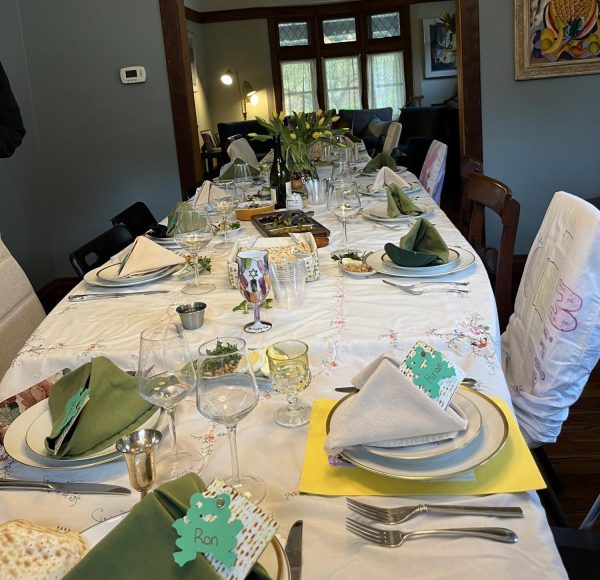
Naturally, we as Jews do this with our brothers and sisters held hostage in Gaza, too. We feel their captivity and desperation as if it were our own. With Jews making up 0.2% of the population, almost every Jewish person is personally connected to a hostage in Gaza. Additionally, we as Jews dually acknowledge the suffering of our Palestinian brothers and sisters. Celebrating Passover this year meant being grateful for our freedom. It also meant acknowledging that many of us Jews are in captivity and many Palestinians are living in fear. It is the hope that next year, we will be able to celebrate all people’s complete freedom.


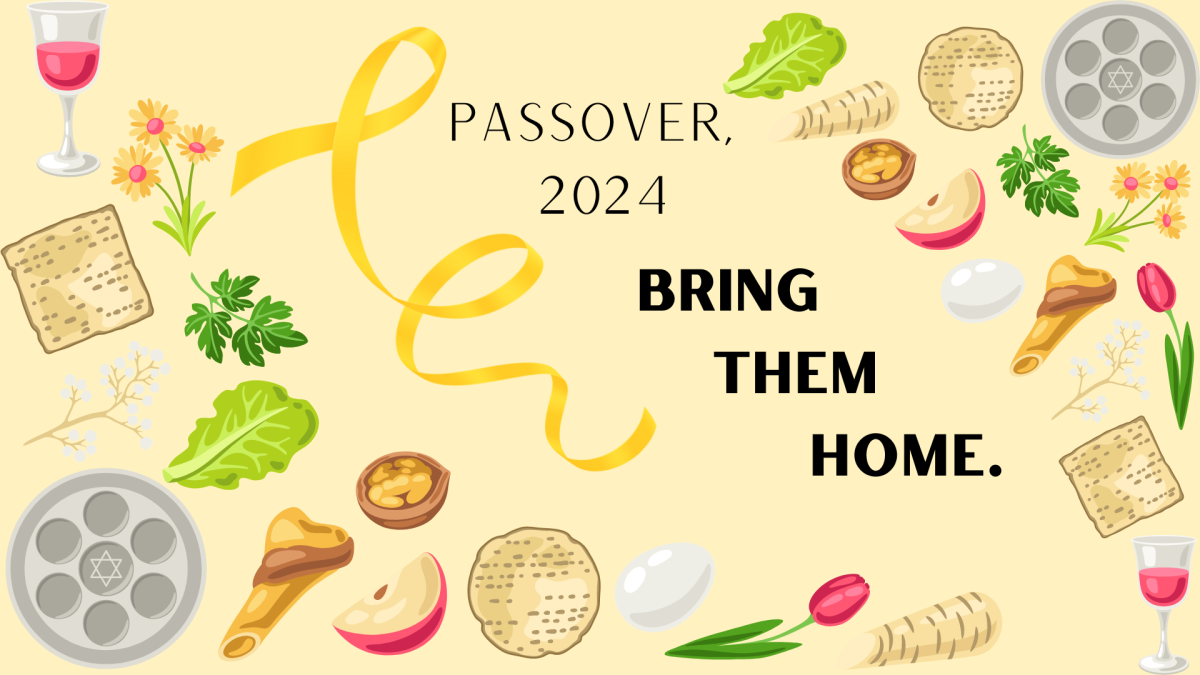
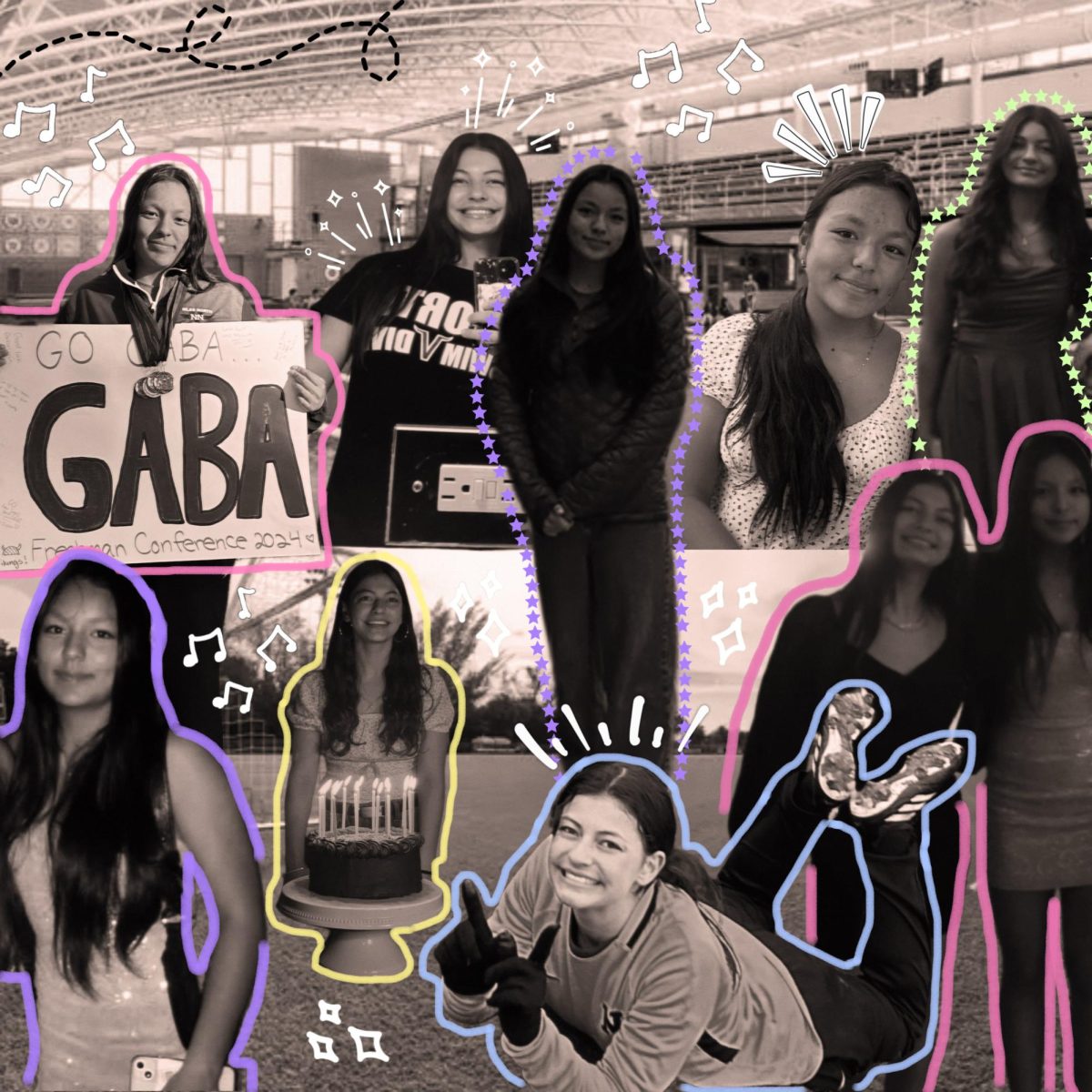

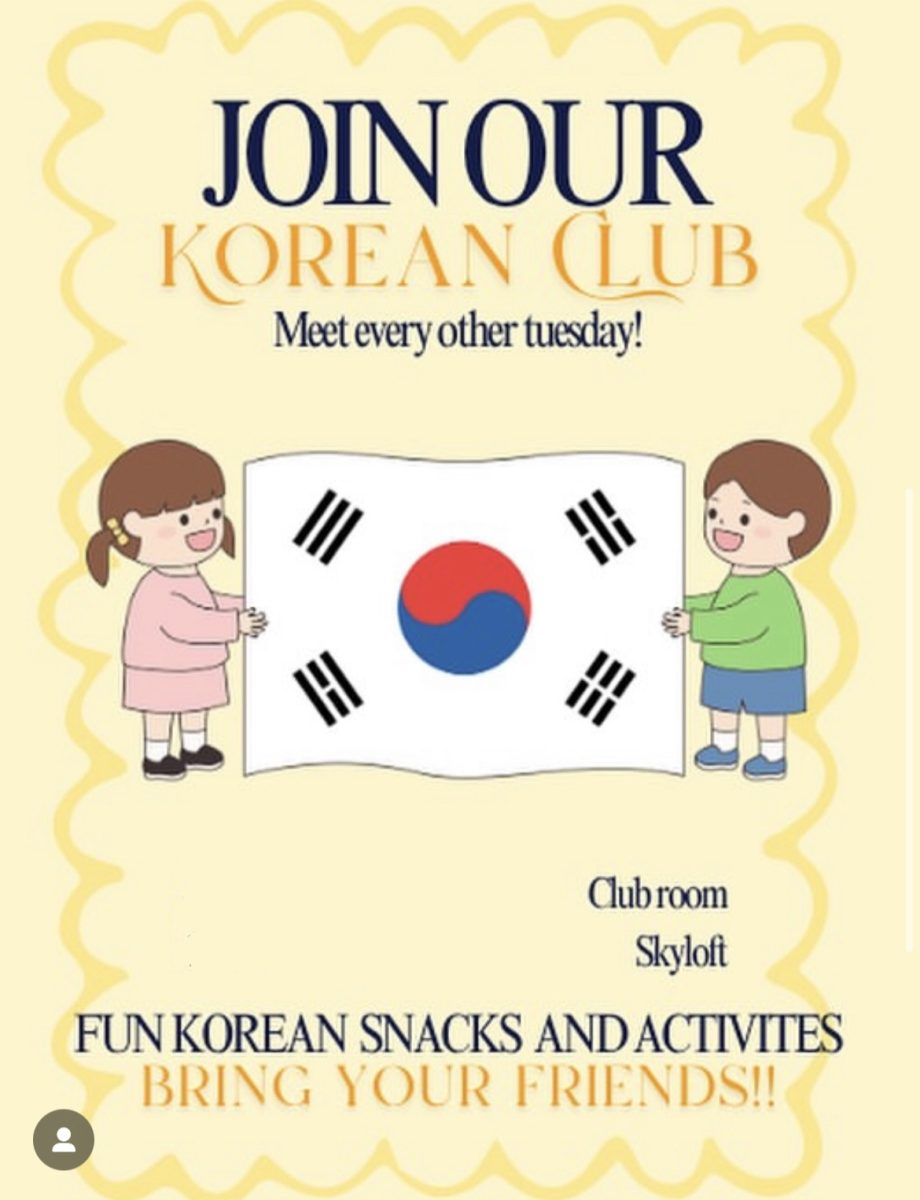
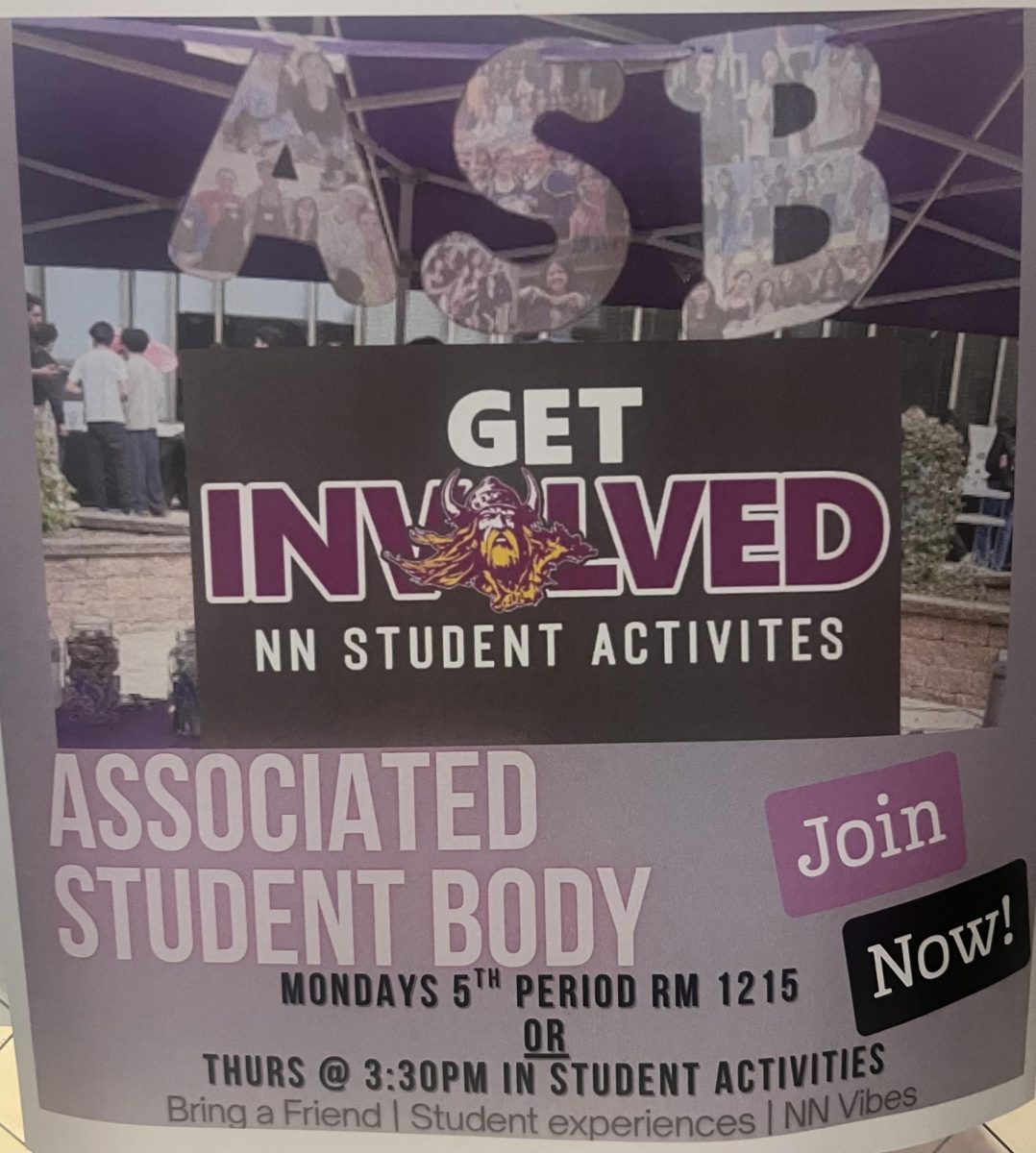


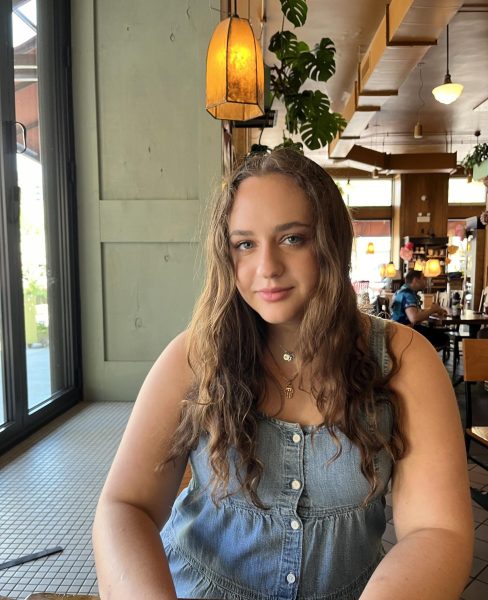
Anna Copeland • May 7, 2024 at 8:20 pm
Well-said! At my own seder, this year’s brachas and songs all felt very pertinent to current events, and this article does a great job of capturing the dichotomy of the celebration and sorrow that we felt this year more than ever.